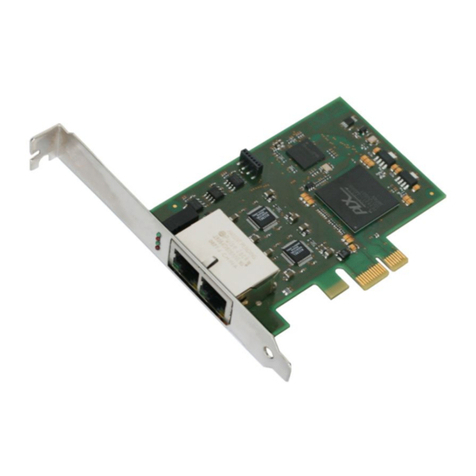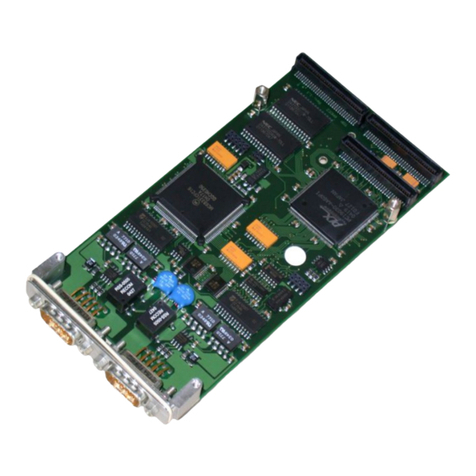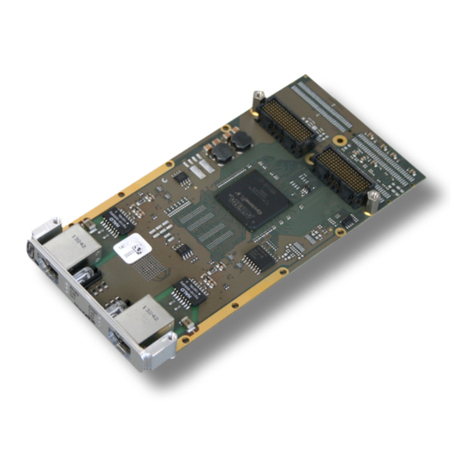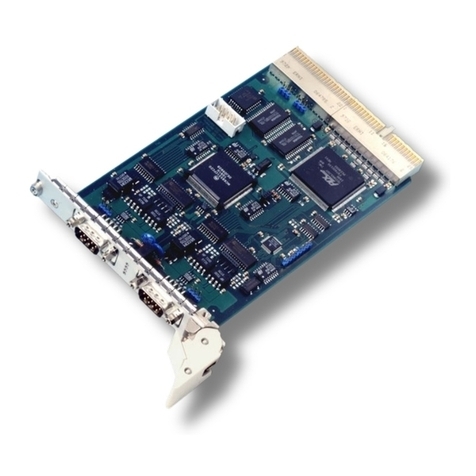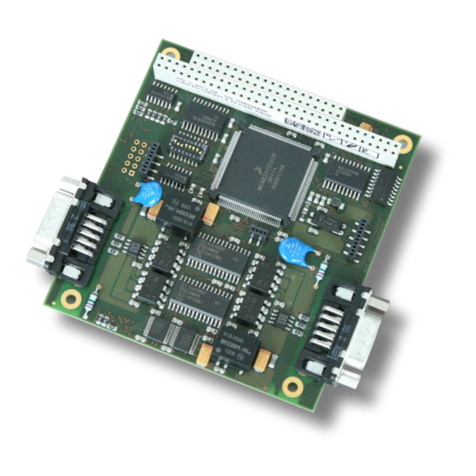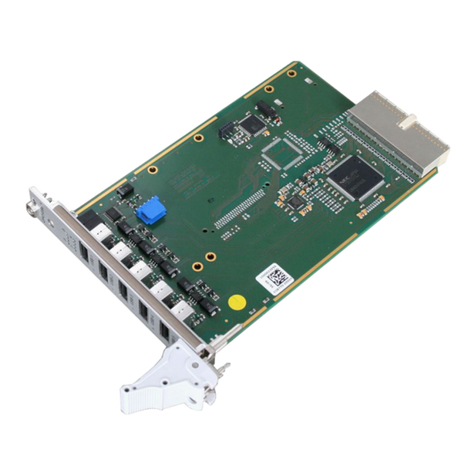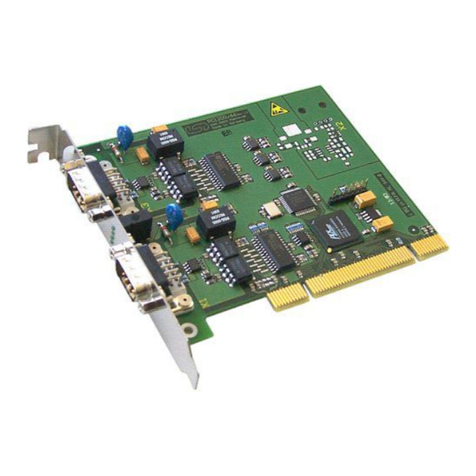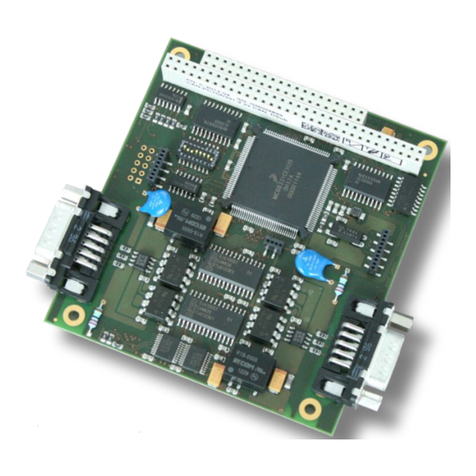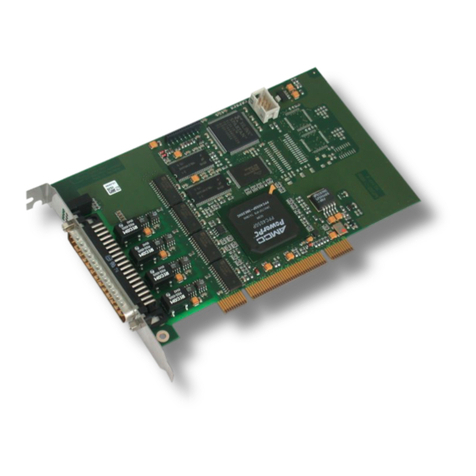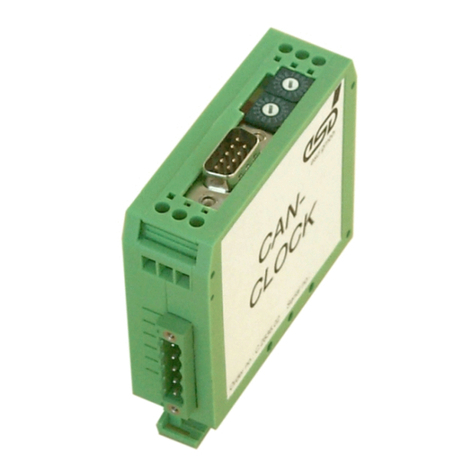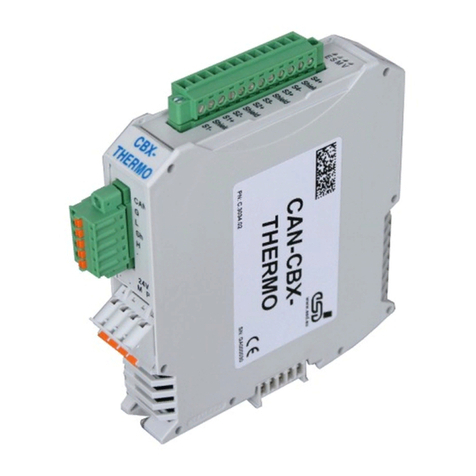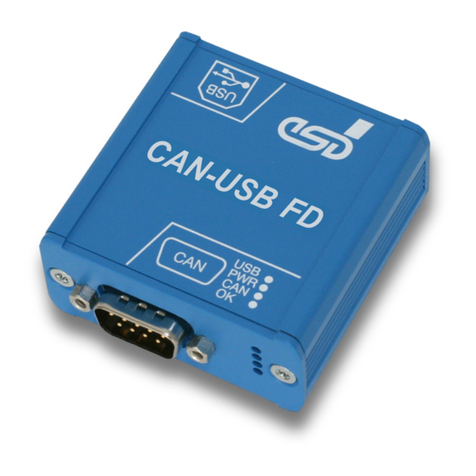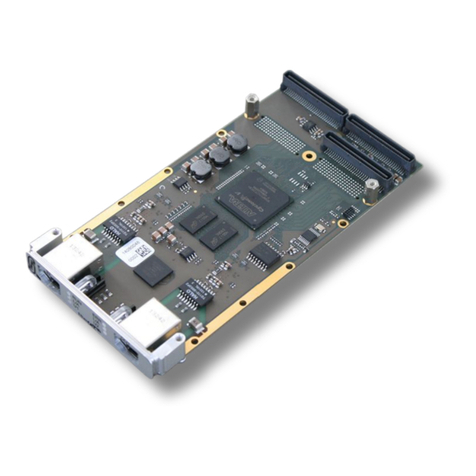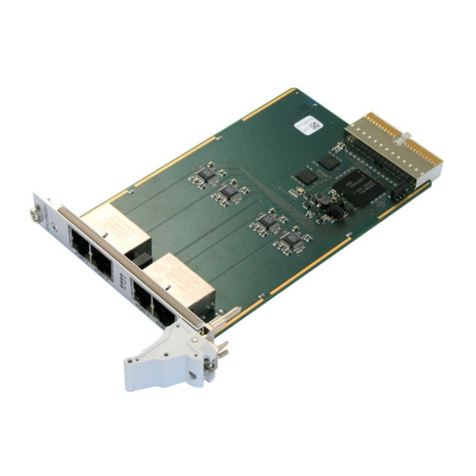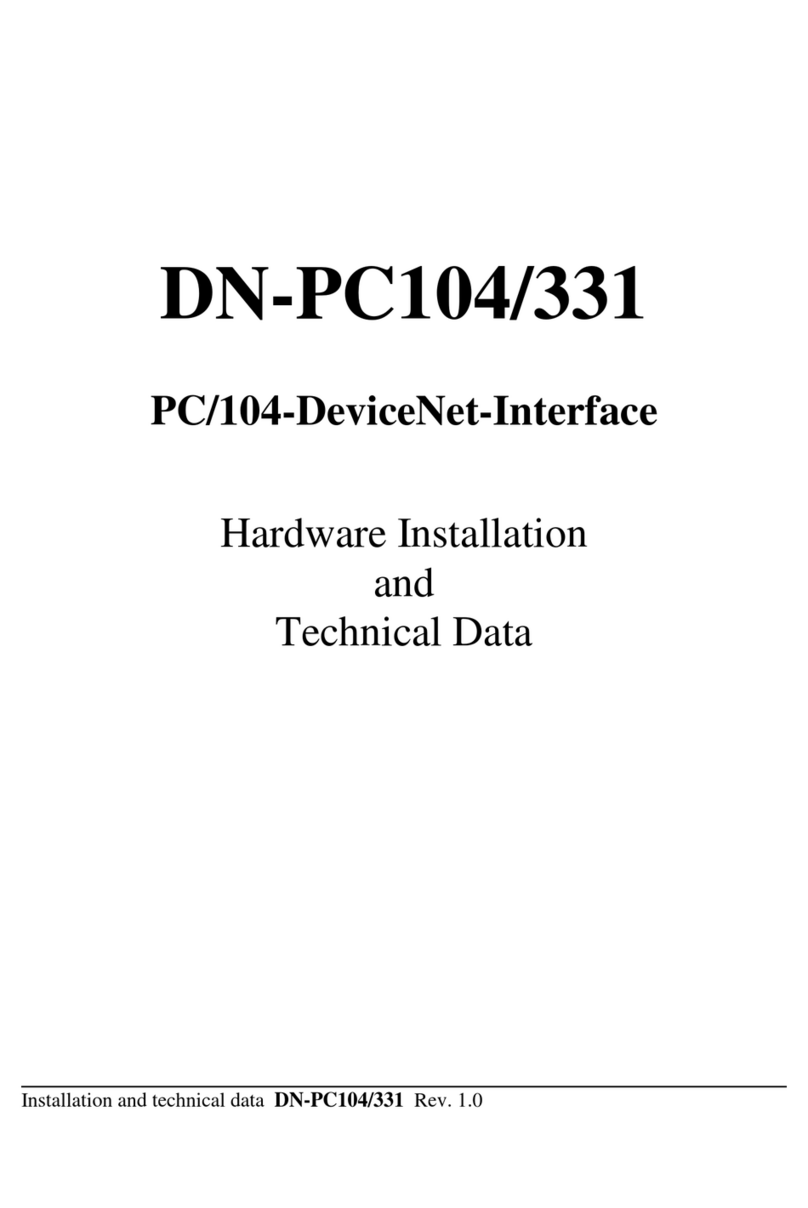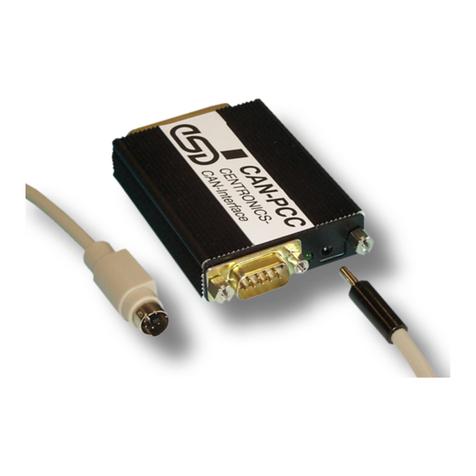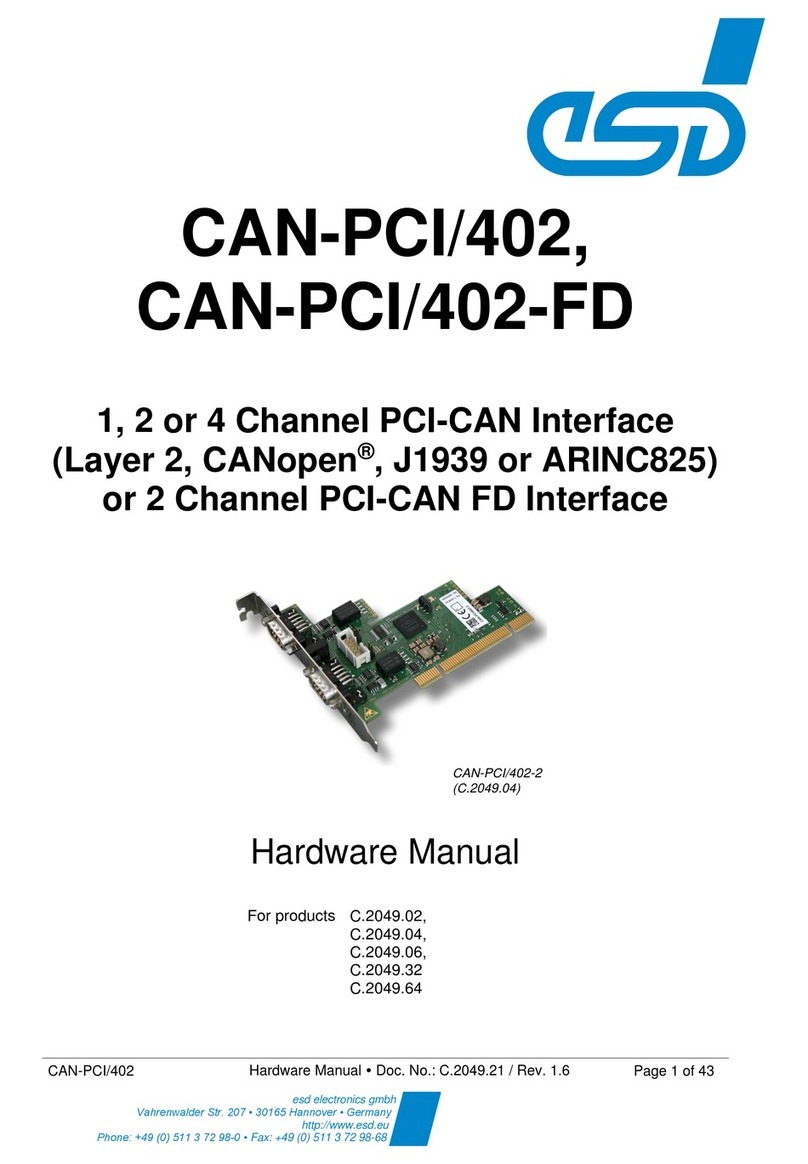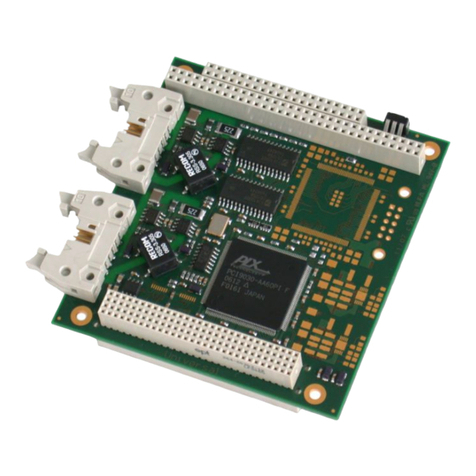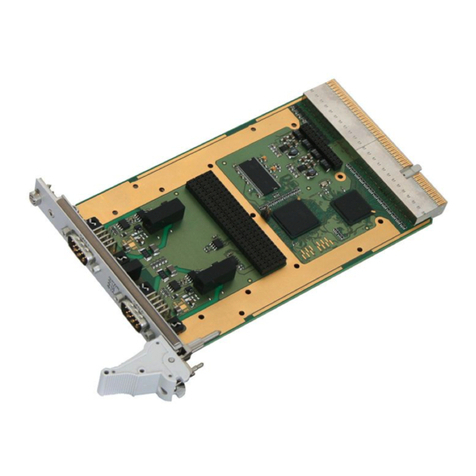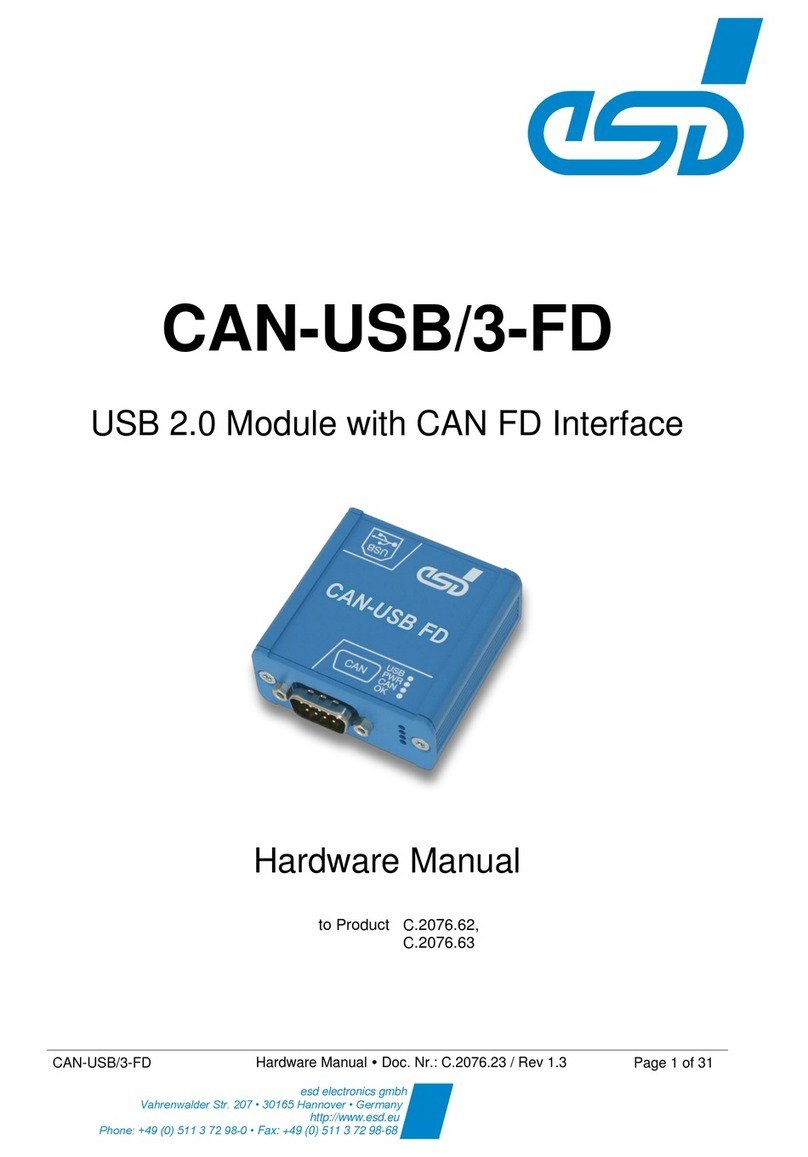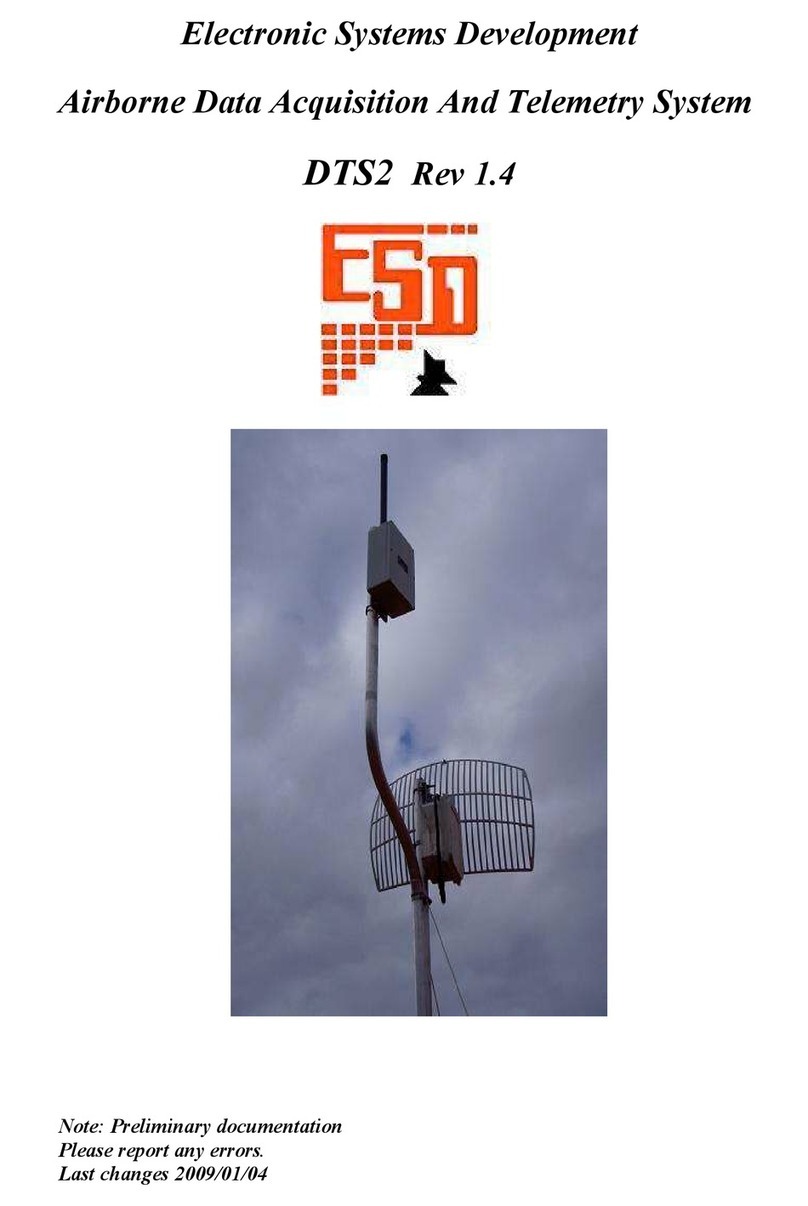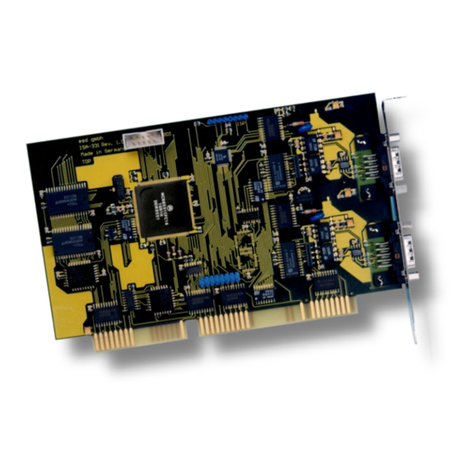Safety Instructions
● When working with CAN-USB/Micro follow the instructions below and read the manual carefully to protect yourself from
injury and the CAN-USB/Micro from damage.
● Do not open the housing of the CAN-USB/Micro.
● Never let liquids get inside the CAN-USB/Micro. Otherwise, electric shocks or short circuits may result.
● Protect the CAN-USB/Micro from dust, moisture and steam.
● Protect the CAN-USB/Micro from shocks and vibrations.
● The CAN-USB/Micro may become warm during normal use. Always allow adequate ventilation around the CAN-
USB/Micro and use care when handling.
● Do not operate the CAN-USB/Micro adjacent to heat sources and do not expose it to unnecessary thermal radiation.
Ensure an ambient temperature as specified in the technical data.
● Do not use damaged or defective cables to connect the CAN-USB/Micro and follow the CAN wiring hints in chapter:
"Correctly Wiring Electrically Isolated CAN Networks".
● In case of damages to the device, which might affect safety, appropriate and immediate measures must be taken, that
exclude an endangerment of persons and objects.
● Current circuits which are connected to the device have to be sufficiently protected against hazardous voltage (SELV
according to EN 60950-1).
● The CAN-USB/Micro may only be driven by power supply current circuits, that are contact protected.
A power supply, that provides a safety extra-low voltage (SELV or PELV) according to EN 60950-1, complies with this
conditions.
Qualified Personal
This documentation is directed exclusively towards qualified personal.
The installation and commissioning of the product may only be carried out by qualified personal, which is
authorized to put devices, systems and electric circuits into operation according to the applicable national
standards of safety engineering.
Conformity
The CAN-USB/Micro is designed for residential, commercial and light industrial environment and meets the
demands of the EU regulations and EMC standards printed in the conformity declaration at the end of this
manual.
Warning In an industrial environment the CAN-USB/Micro may be affected by radio interferences. In this
case the user may be required to take adequate measures.
Intended Use
The intended use of the CAN-USB/Micro is the operation as USB-CAN interface.
The guarantee given by esd does not cover damages which result from improper use, usage not in
accordance with regulations or disregard of safety instructions and warnings.
● The operation of the CAN-USB/Micro in hazardous areas, or areas exposed to potentially explosive
materials is not permitted.
● The operation of the CAN-USB/Micro for medical purposes is prohibited.
Service Note
The CAN-USB/Micro does not contain any parts that require maintenance by the user. The CAN-USB/Micro
does not require any manual configuration of the hardware. Unauthorized intervention in the device voids
warranty claims.
Disposal
Devices which have become defective in the long run have to be disposed in an appropriate way or have to
be returned to the manufacturer for proper disposal. Please, make a contribution to environmental protection.
Page 4 of 23 Manual • Doc. No.: C.2068.21 / ev. 1.2 CAN-USB/Micro
